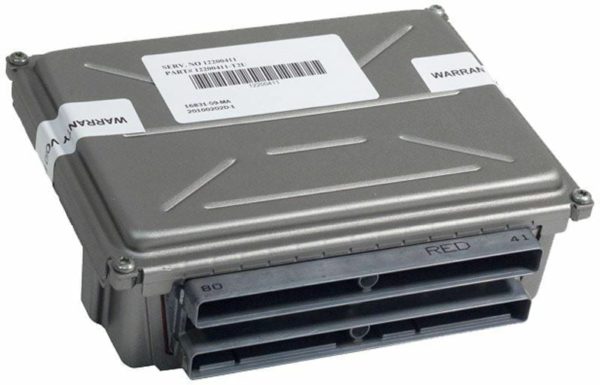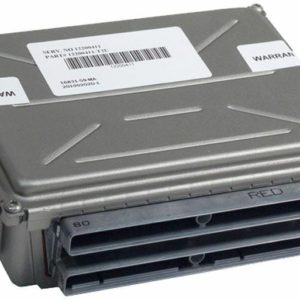Is Your GM Truck’s Brain on the Fritz?
If you’re behind the wheel of a 2001-2002 Chevrolet 3500, or another GM truck from that era, you know it’s a workhorse. But when the Powertrain Control Module (PCM) starts to fail, that reliable truck can become a source of major headaches. As the central computer, the PCM controls everything from fuel injection and ignition timing to transmission shift points. When it goes bad, the symptoms can be confusing and widespread.
In my 20+ years of diagnostics, I’ve seen hundreds of these early 2000s GM vehicles with PCM failure. The complaints are often similar, and without proper diagnosis, you can waste a lot of money chasing phantom sensor issues.
Common Symptoms of a Failing PCM:
- ✔ A persistent Check Engine Light that won’t clear, or that returns immediately after being reset.
- ✔ No-start or intermittent starting conditions where the engine cranks but won’t fire up.
- ✔ Harsh, erratic, or delayed automatic transmission shifting.
- ✔ Unexplained stalling, especially when coming to a stop or at idle.
- ✔ Communication error codes (U-codes) when a scan tool is connected.
- ✔ Poor fuel economy and a noticeable loss of engine power.
Expert Pro Tip
Before you install your new PCM, take a close look at the battery tray and the main ground wires. On many of these trucks, the PCM is located directly under the battery. Over time, battery acid can leak and corrode the tray, wiring harness, and connectors below. This corrosion is a leading cause of PCM failure. Cleaning the area and ensuring a solid ground connection is one of the most important steps to prevent damage to your replacement module. I’ve seen new PCMs fail in a week because this simple step was overlooked.
The Direct-Fit Solution: Programmed and Ready to Install
This isn’t just a replacement part; it’s a complete solution. We take the guesswork and the expensive trip to the dealership out of the equation. When you purchase this module, we will flash it with the latest official GM software updates, specifically programmed to your vehicle’s unique 17-digit Vehicle Identification Number (VIN).
This VIN-specific programming is critical. It ensures the PCM correctly communicates with your truck’s specific options, anti-theft system (Passlock/VATS), and emissions equipment. Without it, the vehicle simply will not run correctly, if at all.
How It Works:
- Complete your purchase.
- Provide us with your vehicle’s VIN.
- Our technicians will program the module with the correct, updated GM calibration.
- We ship the ready-to-install PCM directly to you.
Installation and Compatibility
Installation is straightforward for a DIY mechanic with basic tools. On most Silverado and Sierra models, the PCM is located on the driver’s side, under the battery. Once the battery and its tray are removed, you can access the module, disconnect the wiring harnesses, and swap the unit. After installation, some vehicles may require a Crankshaft Position System Variation (CASE) relearn procedure, which can be performed with a capable bi-directional scan tool. This syncs the new PCM with the crankshaft position sensor for optimal timing and misfire detection.
This Module is a Direct Replacement for Part Numbers:
- ✔ 12200411
- ✔ 12201281
- ✔ 12576160
- ✔ 52369718
Please verify the part number on your original module to ensure a perfect match. This PCM fits a massive range of GM vehicles, from heavy-duty pickups to performance cars. Refer to the detailed fitment list to confirm it’s the right part for your specific make, model, and year.


